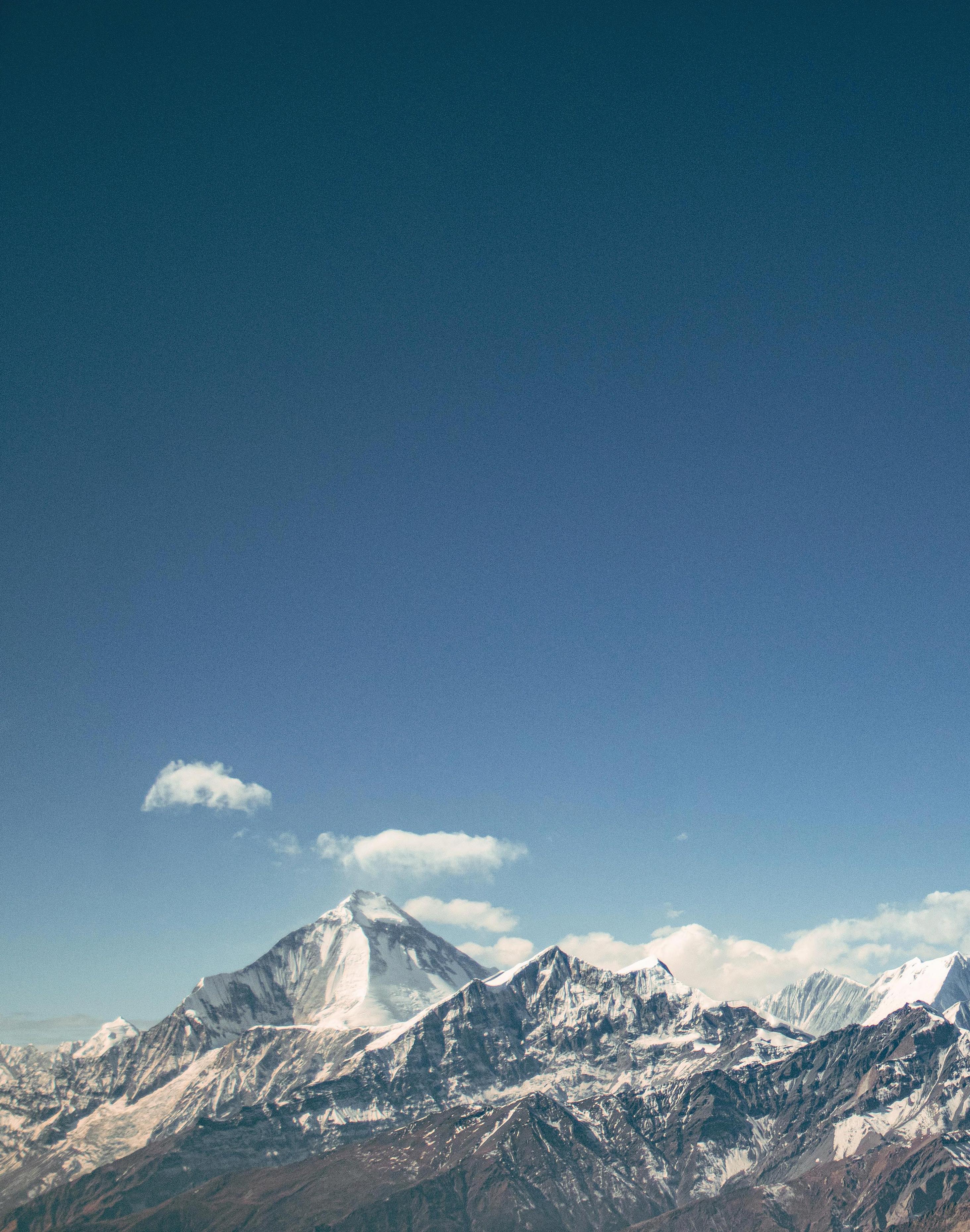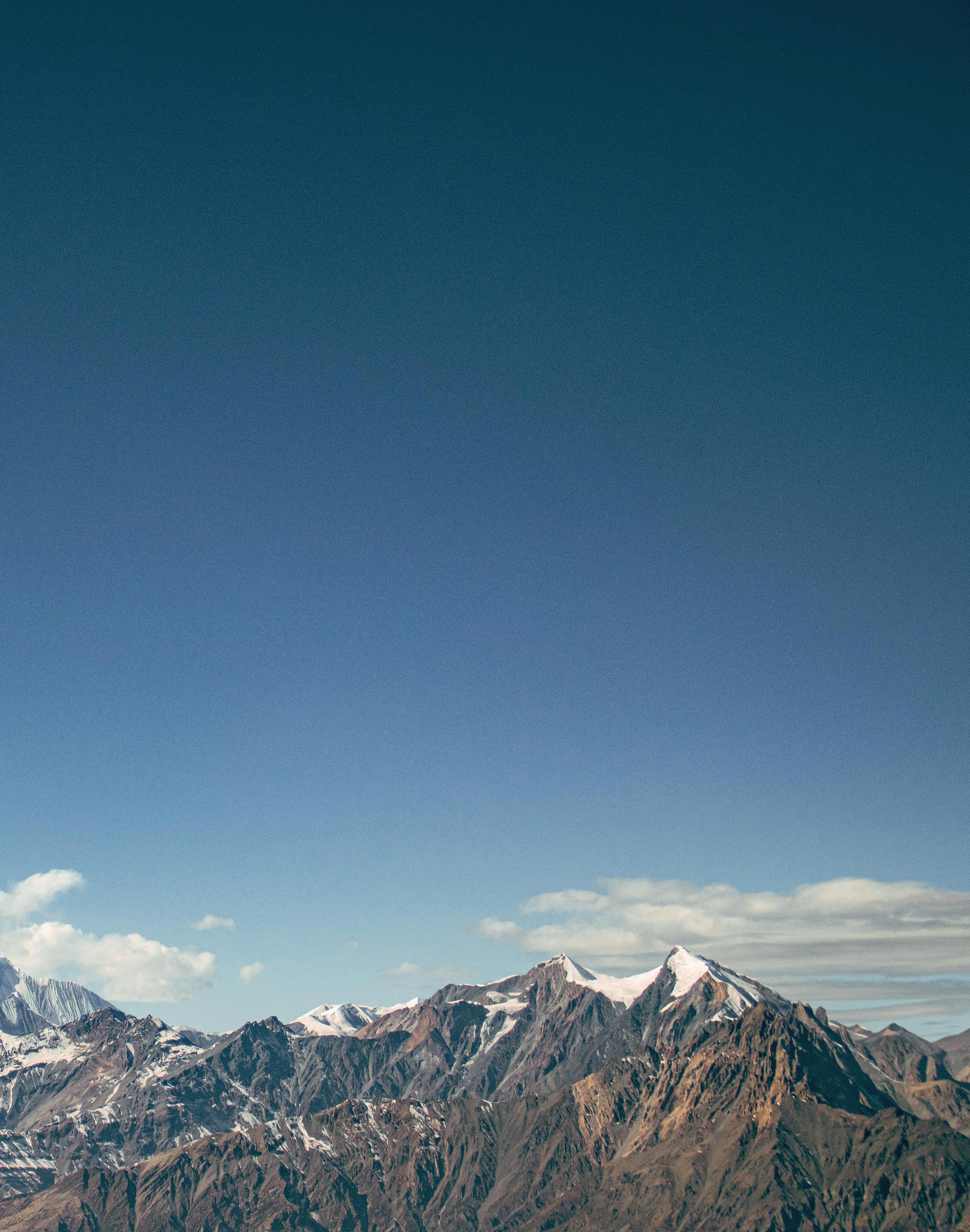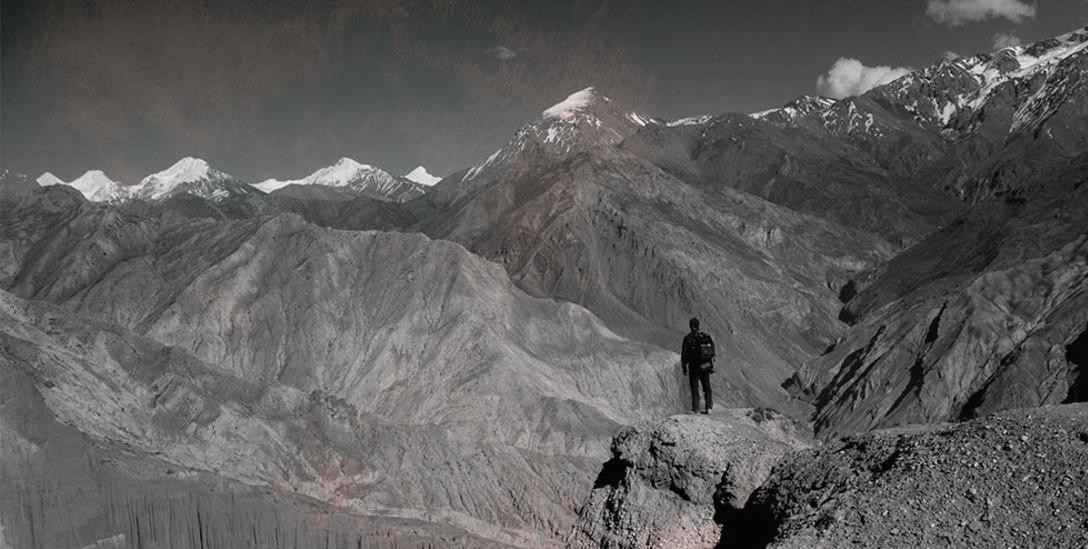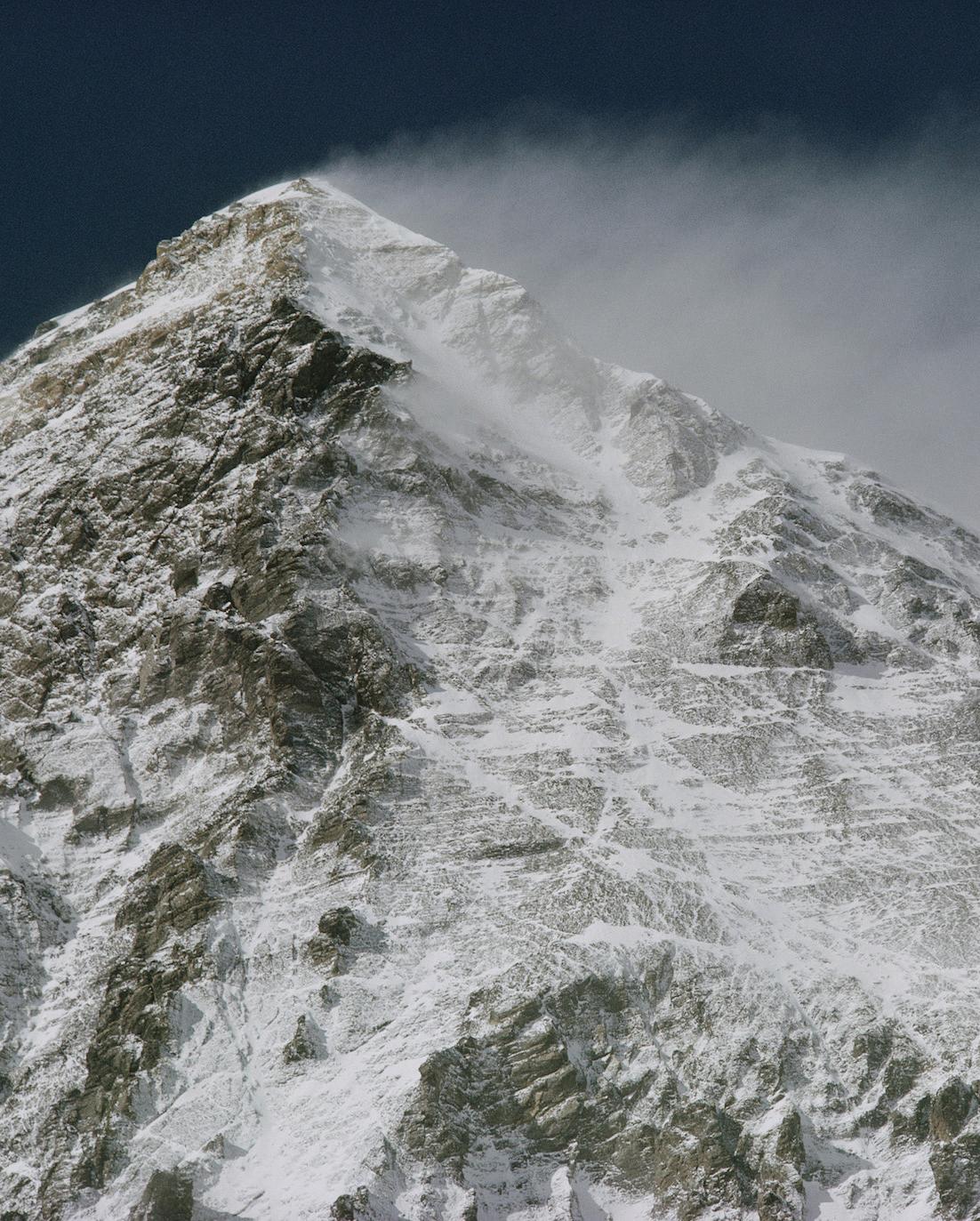
6 minute read
What's Your Everest?
WE ALL HAVE NOTIONS OF WHAT IS AND ISN’T POSSIBLE. UNTIL THE 1920S, EVEREST WAS CONSIDERED INSURMOUNTABLE. IN 1953, EDMUND HILLARY AND SHERPA TENZING NORGAY PROVED EVERYONE WRONG.
BY ANTONIA STANTON
SPLITTING the atom, women in business … the entire concept of handphones and computers … none of these ideas were on the table when our grandmothers were born. Yet they’re commonplace now. What changed along the way? You did, or at least your belief system did. You recognised that the life around you was building artificial walls. You saw there was more. You thought to yourself: Who are we to limit our futures with predetermined thinking?
Your journey is what you make of it. Goal-setting is how you get there. Recognising the self-imposed boundaries of your beliefs and intentions are what limit all of us. As Adidas says so succinctly: Impossible is Nothing. Nike says the same thing, in a different way: Just Do It.
Just do it
Everyone has their own unique Everest, a goal that challenges us to channel our higher selves. I can’t tell you exactly what yours is; that’s something for you to decide. Whatever it may be, your
Everest should ignite your passion and raise you up, conquering preconceived notions of yourself and the world around you. It’s what makes us unique as humans; it’s what sets us apart from others. It’s our consensual drive to be better than we are.
The day to day
Everyday goals may seem important, but they are essentially futile, in a glorious way. Buddhists tell us that repetition is a mantra, that by repeating the same patterns we can get closer to God. This is true; it has always been true. But it’s also limiting. We need to search for higher goals; it’s instinctive within all of us.
Posting your meal on Instagram may be gratifying, but when you look at it an hour later, your food is already cold. Reality kicks in: maybe it’s better to let the wind fill your sails and push you towards weightlessness? It’s through higher achievements and higher goal setting that we set the cut of our jib: reach for the stars, they say, and you too can defy gravity. You can be weightless too.

Weightlessness can be heavy
Establishing a personal Everest requires discipline and introspection that needs to be maintained. There is rarely ever one overarching goal that spans the entirety of our lives, and the beautiful human mind adapts and recalibrates itself, fluidly, at every turn. To use this to your advantage is like a mountaineer strapping themselves to pitons in the rock face as an extra safety net. Remaining present and grounded in our reality allows us to strive towards our goal steadily. Think of these pitons as checkpoints and microachievements, checking in at every step and remaining focused in your ascent towards your Everest. Every piton you pass is one step higher.
Different strokes for different folks
There are 18 different routes up Mt. Everest. Each has its own set of unique benefits and drawbacks, exactly like the forks in the road you encounter on your own journey. There is not one path that is right for everyone; we shouldn’t pressure ourselves into doing things the way they’re “supposed” to be done. Had Galileo succumbed to this, we would still believe the Earth to be the center of the universe. Instead, we should compare ourselves to who we were yesterday; are you kinder, more vivacious, more intentional in your actions? Do you feel more fulfilled? Go against the grain. When we do what feels right to us, it allows our souls to run wild.
You are already on the path
Mountaineers train for years to climb Everest, carrying weights in their packs while scaling smaller mountains. They build up their tolerance and efficiency over time, just like you can in your own life. The longer you practice and refine your skills, the further you can go and the closer you can get to reaching your summit. Some people call this manifestation, while others call it being prepared. Whatever you call it, visualizing the summit and working like you’re already there will make the journey smoother. Center yourself around your goal and make it a constant in your life. Eventually, progress will become automatic and almost subconscious. Advancement is natural for humans; it’s embedded in our very beings, running through our veins like water in a spring, steady as snowfall atop a mountain. You’re closer than you think.
What’s your oxygen?
Altitudes are so high on Everest that the oxygen in the air is halved. The higher you climb, the harder it is to breathe. The same is true in life. Figure out what helps you breathe and keep it close. This could be your loved ones, your hobbies, or even self care; anything that keeps you calm and afloat, because neglecting yourself during the climb can only lead to burnout. Community is a cornerstone of humanity. Never lose contact with your rescue team, as they are the ones that will catch you when you can’t catch yourself.
Regrouping
Tragically, things in life often go wrong; businesses will lose money, pandemics will happen, and the world will stop. Things will sometimes go south, but that isn’t important. The real show of character is what you choose to do with your setbacks. If your piton falls out of the terrain, assess your surroundings and calculate the best possible route for yourself. If one road to the summit doesn’t work out, consider one of the other 17. You might be surprised at the life you find along the road.
The path doesn’t end at the top
In the mountaineering community, many say that the descent is the most difficult part of the journey. The air grows thin, and you may find yourself growing restless. It sounds daunting, but consider this: you’ve worked tirelessly to reach this part. The life that you were manifesting for so long is right in front of you. This is the chapter where you can pause, relish, adapt, and recalibrate. If it’s a business, how will you maintain quality after meeting your expansion goal? If it’s health and wellness, what will you do to maintain it or improve? This is an important part of your Everest; the path does not end at the top. You’ve conquered one mountain, the path long and grueling. What’s one more?











